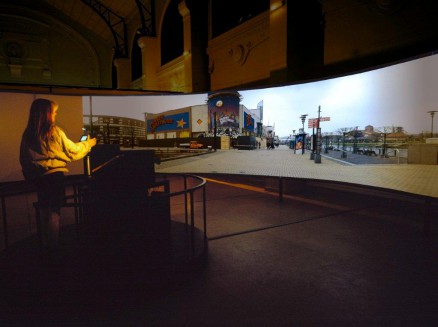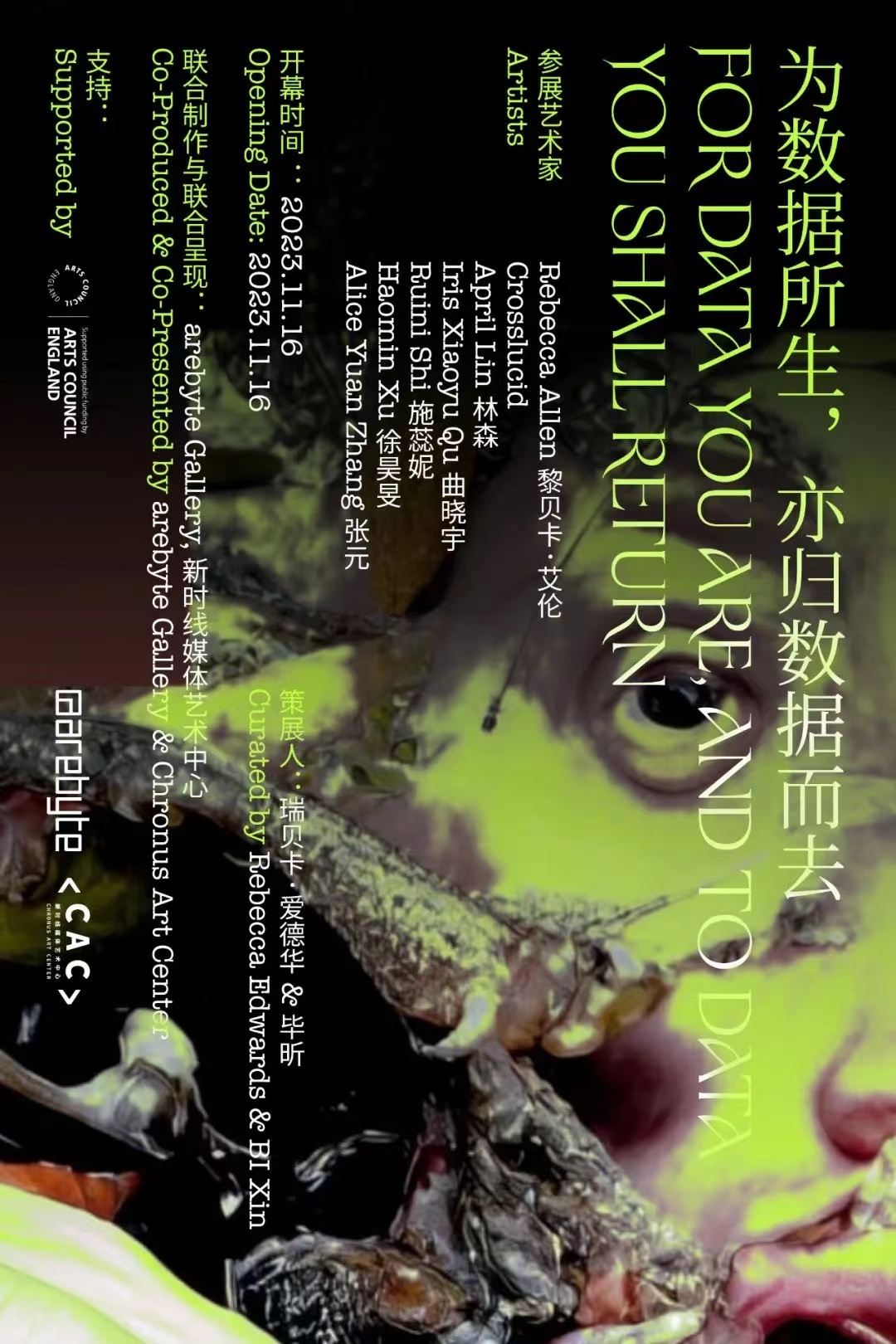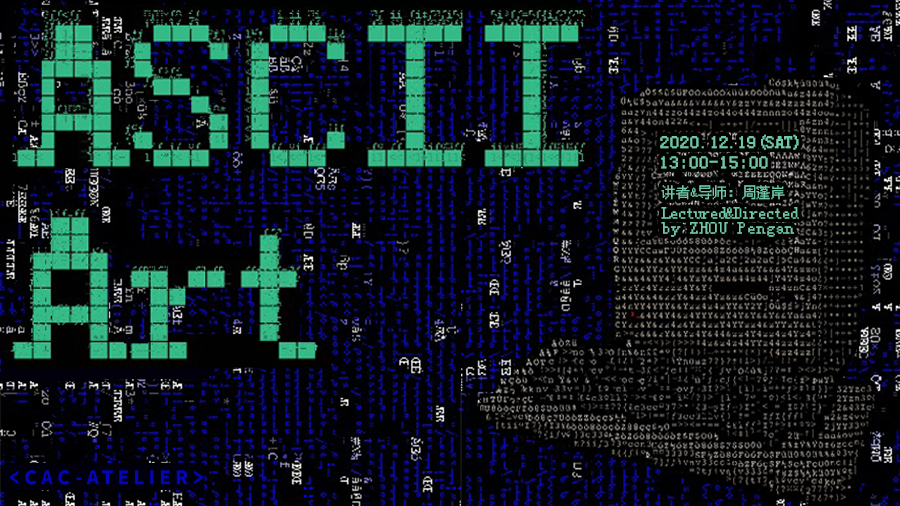PLACE-Hampi
2004
Jeffrey Shaw, Sarah Kenderdine with John Gollings and Paul Doornbusch
PLACE-Hampi is a vibrant theatre for embodied participation in the drama of Hindu mythology focused at the most significant archaeological, historical and sacred locations of the World Heritage site Vijayanagara (Hampi), South India. PLACE-Hampi provides a framework for a new approach to the expression of the cultural experience, whose aesthetic and representational features gives a dramatic new appreciation of the many layered significations of such historical, archaeological, and architectural spaces.
The setting within PLACE-Hampi shows a virtually representative boulder strewn landscape that is populated by a constellation of sixteen cylinders, each one of which being a highresolution 360-degree stereoscopic photographic panorama shot on location. Embedded within the rich scenery of some of these immersive panoramas are lively narrative events enacted by computer graphic characters representing the protagonists of the Hindu mythologies.
Sarah Kenderdine ( AU) r esearches a t t he f orefront o f i nteractive a nd i mmersive experiences for museums and galleries. In widely exhibited installation works, she has amalgamated cultural heritage with new media art practice, especially in the realms of interactive cinema, augmented reality and embodied narrative. She is a pioneer in panoramic and stereoscopic display systems and content creation. Sarah oncurrently holds the position of Professor, National Institute for Experimental Arts (NIEA), COFA, University of New South Wales and Special Projects, Museum Victoria, Australia (2003—). She is founding Director of Research at the Applied Laboratory for Interactive Visualization and Embodiment(ALiVE),City University of Hong Kong (2010-2013) where she founded the LUXLAB.
PLACE-Ruhr
2004
Jeffrey Shaw
The Ruhr valley in Germany is famous for its industrial history, originally based on coal mining and steel production, and during WWII it was Germany’s central weapons factory. But by the 1970’s the coalmines had became exhausted and Germany’s steel industry went into economic decline, leading to high unemployment and industrial diversification into service industries and high technology. Recently many of the old industrial ruins have been converted into cultural venues.
PLACE-Ruhr is an art installation that parses this profound arena of human transaction.It presents a virtual landscape in which actors infiltrate the past, present and future transmutations of the Ruhr valley’s geographical, industrial and social legacies.
PLACE-Ruhr presents a virtual landscape containing eleven photographic panoramas that actualise selected exigent sites in the Ruhr area. The viewer interactively navigates this three-dimensional space, and on entering each of these panoramic cylinders is confronted by a surrounding cinematic contingency; a staged performance that is conjoined with an environmental scenography that is both documentary and fictional. These artistic interpositions and activations unfold an underlying narrative, a psycho-geographical disjunction, that is latent within the collective memory of each of these locations.






